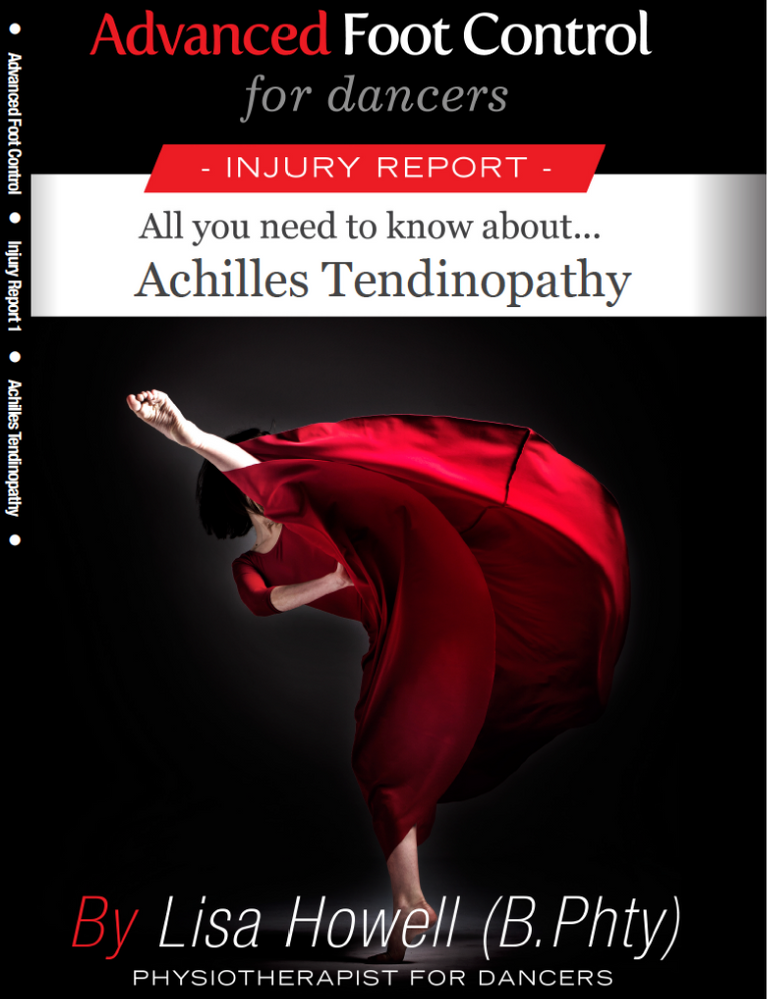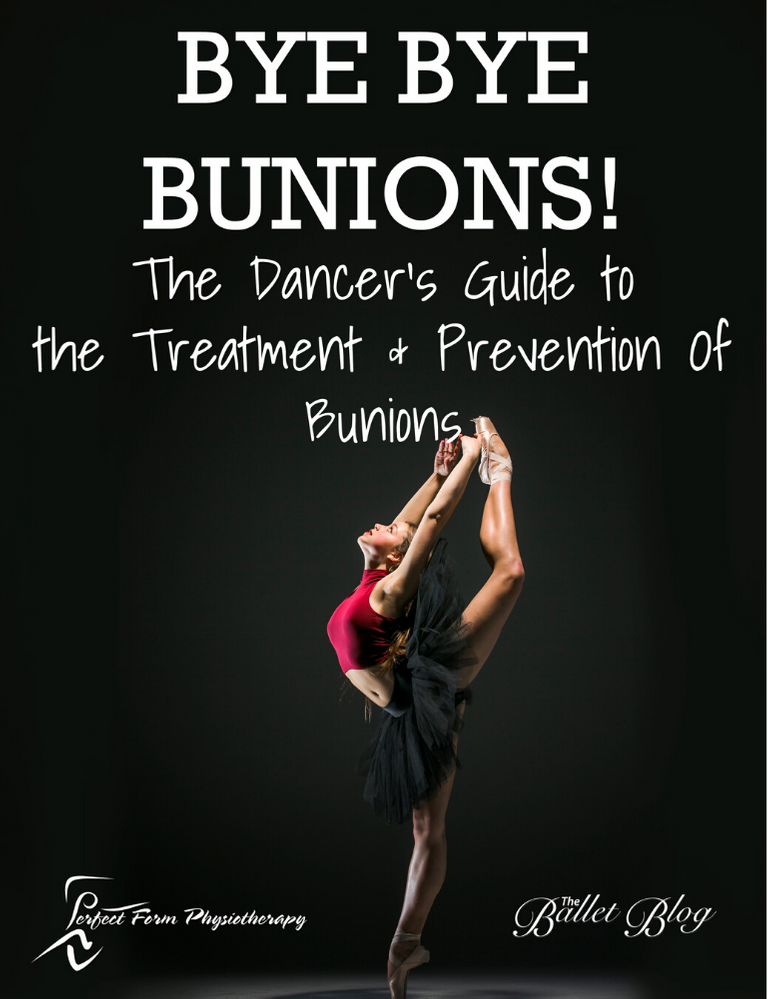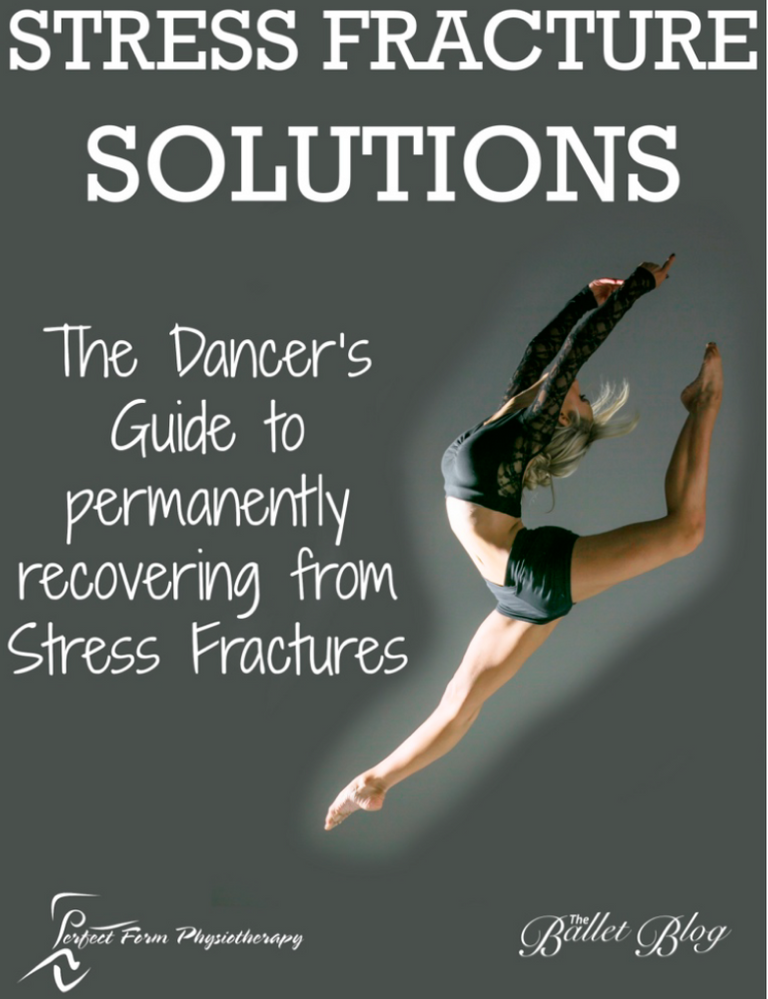Many of the products that we have created have special online Members Areas, so that you can access the content in video format. If you have purchased the 'Online Version' of the program, and are logged in, simply click on the cover of the program you wish to work on to get access.
If you have purchased a hard copy of any of the products on Amazon, please contact us to get a special discount code for the associated Members Area.
Achilles Tendinopathy is often an injury that can develop in dancers due to the repetitive nature of a dancer’s workload. Dancers will often feel stiff and sore in the tendon in the mornings or after cooling down after dancing. Others may struggle with pain when completing jumping activities such as allegro and feel very tight into the calves. Pain in the area of the Achilles Tendon is often misdiagnosed, so please make sure to get a specific diagnosis. Attending to any pain in the area as soon as the symptoms appear should help prevent a tendinopathy from developing and save a lot of rehab time! Any comprehensive treatment plan should be guided by a qualified health professional and must address all contributing factors.
Many dancers (and often their parents) are concerned at the possibility of developing unsightly and painful damage to their toes. While dancing and doing pointe work are not the sole cause of bunions, there are many factors involved that may increase their development. Some people are more predisposed to develop bunions than others, and there are plenty of people in the world who have bunions who have never done a day's dancing in their life!
Dance often places a lot of stress on a dancer's legs and feet and when combined with incorrect alignment can lead to Stress Fractures of the bone. Many dancers are fearful of developing (or diagnosing) a Stress Fracture as they can require a prolonged period of time off from a full dancing program to allow proper healing to take place. This can be prevented however, if the right knowledge, intervention and preventative measures are implemented in the early stages. This report goes through the causes, symptoms and recovery from stress fractures. Learn how to best treat stress fractures and return to your dancing regime and keep yourself injury free!




